Communications measurement and evaluation: why isn’t it a thing we do regularly?
Regardless of whether you are delivering an online advertising campaign, internal communication strategy or public relations plan, all communications practitioners know measuring outcomes against set objectives is critical. We know evaluating a strategy is a valuable activity. We know it is critical to demonstrate the value of communications to an organisation. There is a broad range of theories, models and ‘best practice’ approaches which advocate for rigorous, research-based measurement and evaluation. However, many studies have shown practitioners face barriers to integrating these practices into everyday operations. So, why is there still a gap between the theory and practice?
I say “still a gap” as there has been formal approaches to measurement and evaluation since the 1970s. However, the idea that we could prove what we do became more prevalent in the 1990s, with industry leaders and academics advancing the need for more accountability in communications.
Despite this long history of academic consideration, studies have shown that while practitioners believe measurement and evaluation is important and accepted part of professional practice they don’t do it on a regular basis. These studies identified a number of barriers to implementation, including a lack of:
- budget
- knowledge, skills, experience or expertise
- industry standards or common terms leading to inconsistent approaches or misunderstanding
- interest from employers for time/money/resources to be allocated to evaluation
- time and resources within teams!
In a survey of Australian practitioner’s a while ago (like before Instagram in 2004) staff resources was listed as a key barrier, with practitioners believing they are “too busy ‘doing’ to spare time for evaluation” and generally it is seen as “just plain too hard”. I know we can all relate to that!
In my last role in a Commonwealth Government communications team, we created an internal communications measurement framework (thanks Ms Wood!) to make it easier and faster to evaluate our communications activities. Despite developing shell objectives, measurement principles and identifying available data sources, as a team we still struggled to undertake evaluation consistently and regularly.
I know as much as anyone how hard it is to build in time to prioritise evaluation over the urgent and important work for our clients. However, it is this simple, to be able to demonstrate business value you have to measure what you do. You have to be able to tell your client, executive, or CEO that what you did made a difference and prove it. Professionally, we need to continuously improve our approach, and unless you are able to see what worked and what didn’t how will you be able to. Essentially, as a professional communicator we need to be able to demonstrate value for money and value to the business. We can do that through evaluation.

We need to carve out time in our increasingly busy days to undertake this work. It is more important than labouring over those key messages (that you know will rarely get used), stressing over that tweet (that might not get picked up) or answering questions about commas in numbers (to include or not to include). This is part of our professional practice, it is a skill just like strategy development that needs to be honed over time and practised regularly.
The excuses we once had about budget constraints are quickly being eliminated with access to a wide range of data online. If you don’t know how, or where to start just google! Survey tools for quantitative and qualitative data are cheap or free and there are a range of resources online to help you effectively structure questions. Google analytics and social media native tools like Facebook insights have a wealth of information about users of your channels. Resources like essential poll can give you bench marking data to set your objectives. Check out the International Association for Measurement and Evaluation of Communications for more ideas and templates. Formal market research is great and if you can afford it do it, but you can also take an hour or so out of your day and get some basics yourself.
What hasn’t changed is the lack of time and resources, so if you simply don’t have the time or need a basis to start from I can come to help. Contact Elm Communications to get you started!
Over to you, I would love to hear what you think. How can we integrate evaluation into our everyday practice? How often do you evaluate your communication strategies? Are you the exception to the rule? Share with us how you make evaluation a part of your day.
Further reading
If you are really interested here are some readings about communications measurement and evaluation:
- Macnamara, J. (2014). Emerging international standards for measurement and evaluation of public relations: A critical analysis. Public Relations Inquiry, 3(1), pp.7-29.
- Macnamara, J. (2015). Breaking the measurement and evaluation deadlock: a new approach and model. Journal of Communication Management, 19(4), pp.371-387.
- Volk, S. (2016). A systematic review of 40 years of public relations evaluation and measurement research: Looking into the past, the present, and future. Public Relations Review, 42(5), pp.962-977.
- Watson, T. (2012). The evolution of public relations measurement and evaluation. Public Relations Review, 38(3), pp.390-398.
- Watson, T. and Simmons, P. (2004). Public Relations Evaluation – Survey of Australian Practitioners. In: Australia and New Zealand Communication Association Conference. [online] Sydney, Australia. Available at: http://www.anzca.net/documents/2004-conf-papers/268-public-relations-evaluation-survey-of-australian-practitioners-1/file.html [Accessed 13 Sep. 2017].
- Zerfass, A., Verčič, D. and Volk, S. (2016). Communication evaluation and measurement. Corporate Communications: An International Journal, 22(1), pp.2-18.

